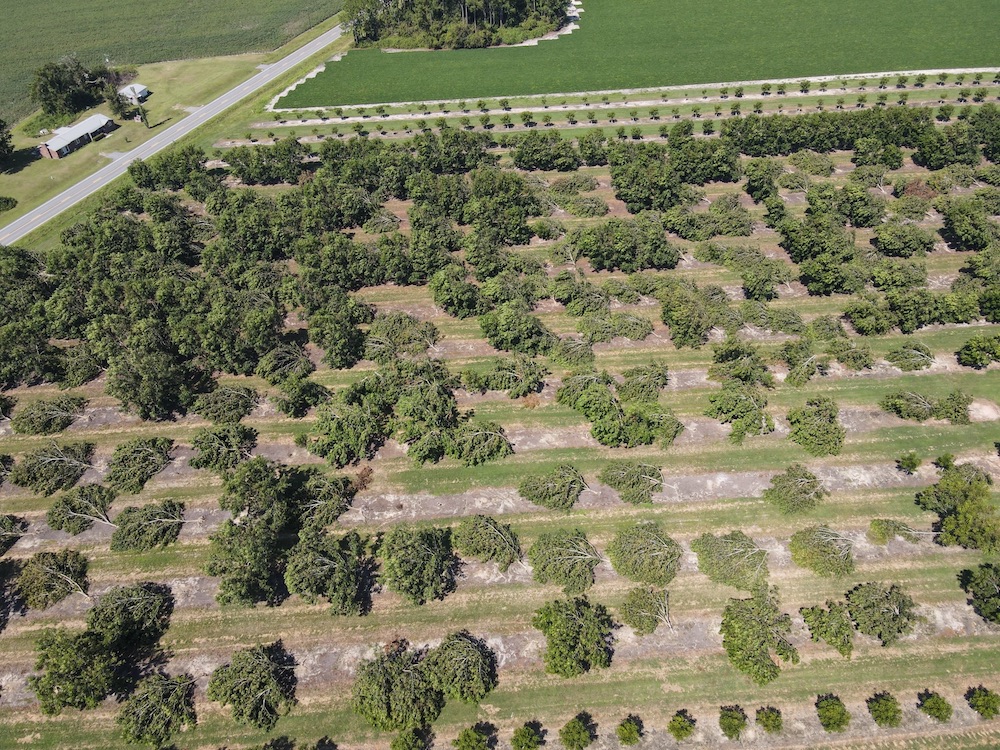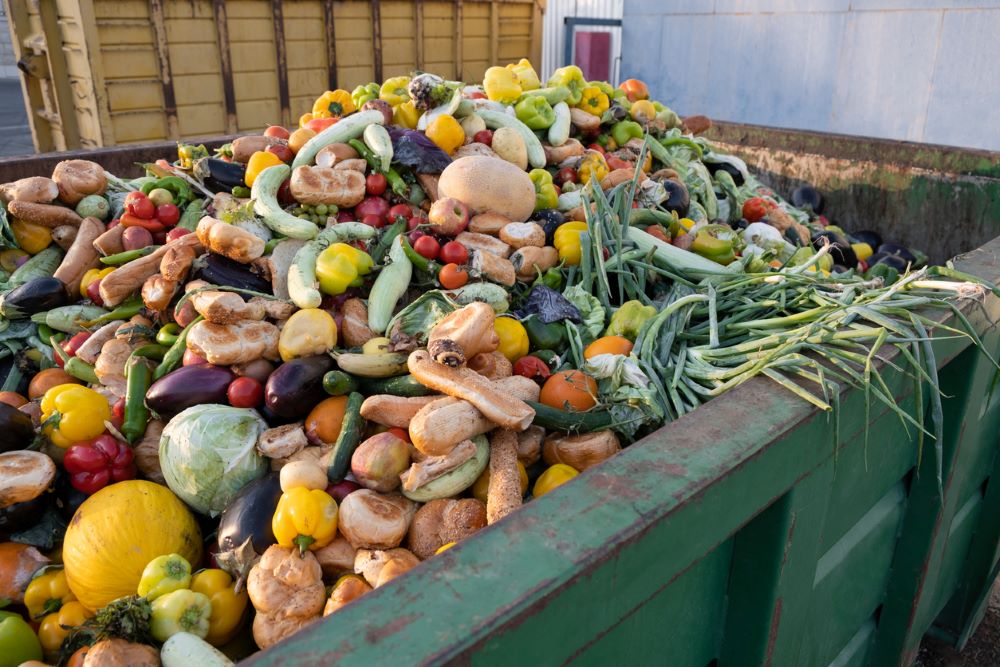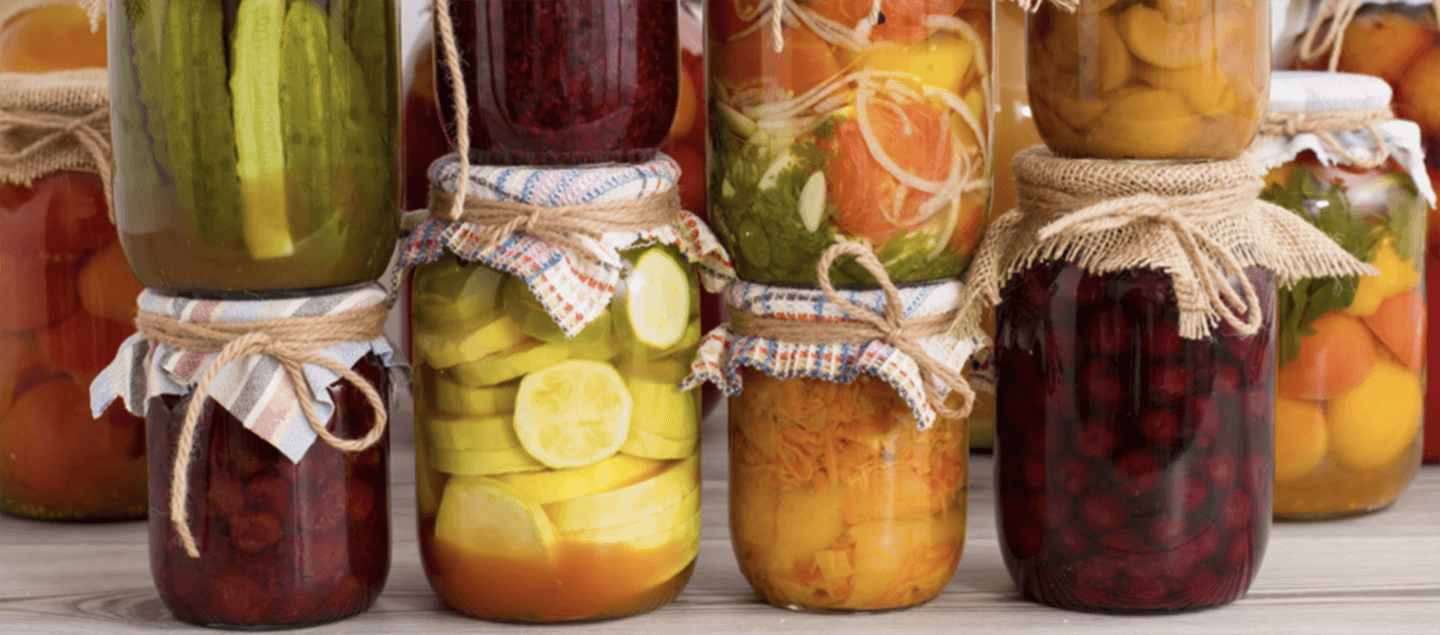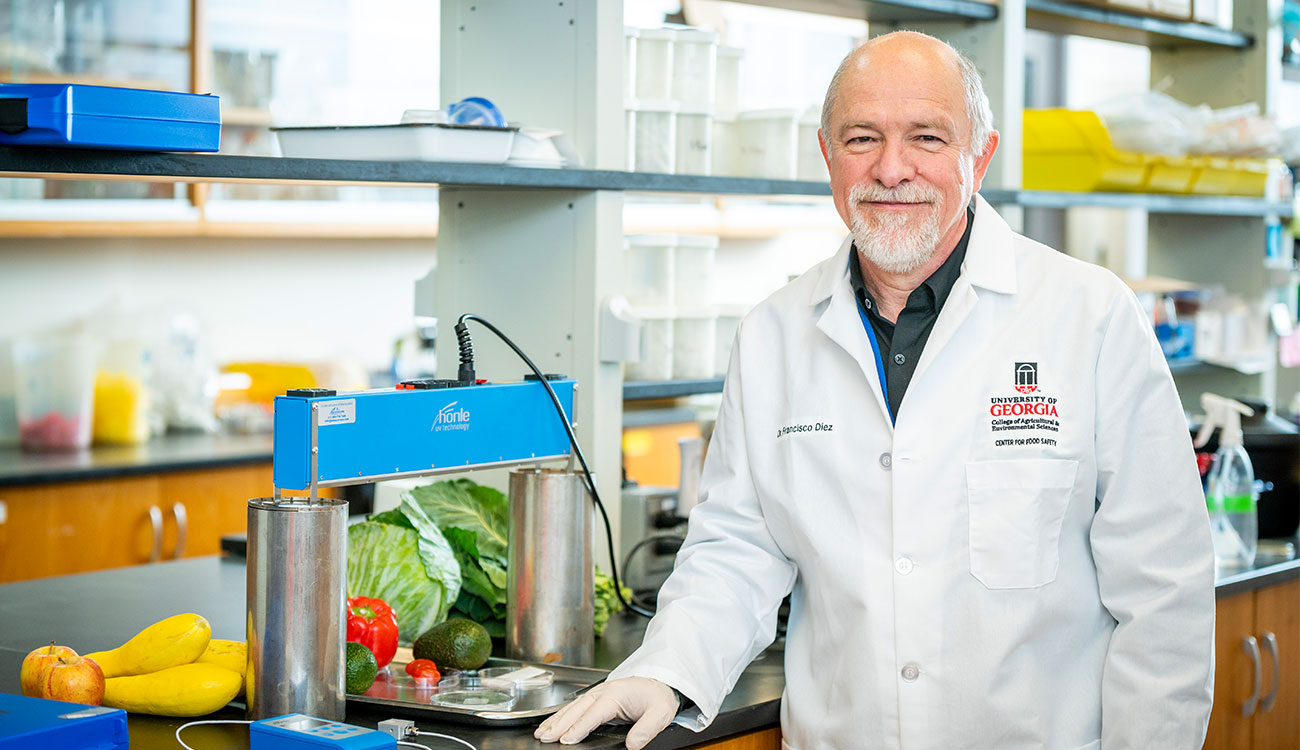 CAES News
CAES News
Emergency Preparedness
Georgia’s geographic diversity — from beaches and swamps to mountains and flatlands —makes the state an attractive place to live, but each region is vulnerable to weather-related emergencies year-round. When disasters strike, navigating the milieu of steps to recover and rebuild can be difficult. With a presence in all 159 Georgia counties, University of Georgia Cooperative Extension is uniquely positioned to help communities prepare for and rebound from calamity.

.jpg)

.png)




.jpg)
.jpg)